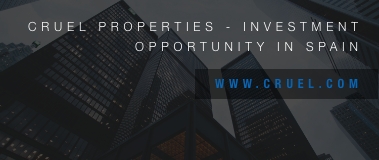Wärtsilä’s technology group is supplying hybrid propulsion systems for three new RoPax vessels, which are currently being built for Stena RoRo, Europe’s largest ferry operator. Two of the ferries will have a battery capacity of 11.5 MWh, making them the largest tugs in the shipping industry to date. The battery power is twice that normally used for a hybrid engine.
Wärtsilä and Stena to build the world's largest hybrid vessel

The vessels are designed and developed by Stena RoRo and Brittany Ferries, which will charter the vessels on a long-term basis and operate them between Portsmouth in the UK and the French ports of St. Malo and Caen. Wärtsilä was previously responsible for providing a range of solutions for vessels, such as main and auxiliary engines, gearboxes, controllable pitch propellers (CPP), bow thrusters, fuel supply systems, NACO navigation and automation systems, and integrated warning and monitoring systems. The vessels will be able to run on liquefied natural gas (LNG) or on batteries.
The vessels will be equipped with the latest generation of Leclanché-style energy storage systems, the Navius MRS-3, which has advantages in both size and weight compared to the respective batteries in maritime transport.
“Stena wants to be a pioneer by phasing out fossil fuels in our fleet and, together with our partners, accelerate progress towards zero-emission operations”
says Per Westling, CEO of Stena RoRo.
“Hybrid propulsion allows our vessels to be highly flexible as we adapt to future technological advances, including green fuels, fuel cells, larger batteries and propulsion supported by solar or wind power.”
Sustainable shipping
“At Brittany Ferries, we are proud to take a leading position in sustainable shipping and to work with our partners to introduce cleaner ships in the regions where we operate.”
Christophe Mathieu, CEO of Brittany Ferries, adds..
“The hybrid technology is the next step in our fleet renewal programme and follows the introduction of two LNG-powered vessels. From day one when the vessels enter service, ports such as St Malo in France and Portsmouth in the UK will benefit from these cleaner hybrid vessels. The ability to harness shore power will bring further benefits as ports invest in plug-in infrastructure.”
Key features of hybrid vessels include the ability to integrate multiple systems on board and optimise the on-board energy system in real time. Wärtsilä connects a wide range of systems specialists across a wide range of marine engines and engines. By combining the benefits of hybrid propulsion and shore-based dynamics, greenhouse gas (GHG) emissions are reduced by up to 15% compared to conventional diesel engine systems.
The hybrid vessel is being built at China Merchants Jinling’s shipyard and is expected to be ready for delivery before 2025.

